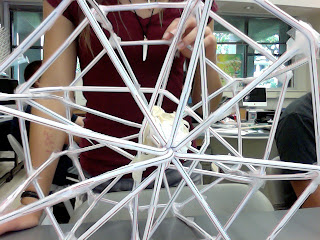Physics is the science behind everything and anything in motion. Objects, particles, waves, shadows, light, rockets and rainbows. It is the explanation of why things happen.
This was a really fun class. It definitely grew on me. The more we learned the easier it seemed to learn. Its like a language, once you pick it up you can understand it better and better with time.
I managed to learn a lot in this class considering how short it was. I liked how we just got the basics down, so now i have a basic understanding of what physics is. And i like that everything we learned is applicable to the real world. That factor definitely made me more interested in learning the material. I learned about motion and the forces involved with movement, acceleration and the role gravity plays, and energy. I learned what work is technically. And lastly, I learned about sound and light waves. Throughout each lesson several questions about day to day life we answered. Simple curiosities such as who made up the order of the rainbow - well that is based on the properties of each light wave. How come when your up to you neck in a pool it looks like you neck is missing? Because of the way light bends in different media.
I learned a lot of important information that i know i will not be soon forgetting. The best part is that i had a fun time learning everything. We had really fun lab activities, and really cool demonstrations. The work load was manageable so the emphasis of the class was learning and understanding, not just striving for A's.



























